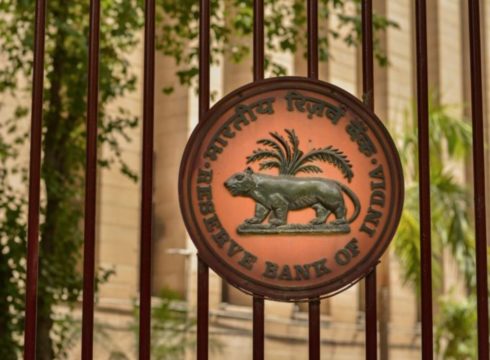SUMMARY
RBI will come up with detailed guidelines on the framework for digital payments on offline mode
The central bank conducted 3 successful pilots in different parts of the country during September 2020-June 2021 involving small-value transactions covering a volume of 2.41 Lakh for value INR 1.16 Cr
Further, the RBI has also proposed to lay down a framework for geo-tagging of physical payment acceptance infrastructure which includes Point of Sale (PoS) terminals, Quick Response (QR) codes, used by merchants
Inc42 Daily Brief
Stay Ahead With Daily News & Analysis on India’s Tech & Startup Economy
In what could be another breakthrough in India’s fintech ecosystem, digital payments will soon be possible in the country even without internet connectivity, courtesy: the Reserve Bank of India.
The RBI on Friday proposed to introduce a framework for carrying out digital payments in offline mode. RBI Governor Shaktikanta Das said that central bank will issue detailed guidelines on the framework in due course.
The development comes after 3 pilots were successfully conducted in different parts of the country during September 2020-June 2021 involving small-value transactions covering a volume of 2.41 Lakh for value INR 1.16 Cr, an RBI statement said.
In August 2020, the central bank had announced a scheme to conduct pilot tests of innovative technology that enables retail digital payments even in situations where internet connectivity is low or is not available.
The announcement has drawn appreciation from the fintech players. Ankit Bhatnagar, Head of Product at Mswipe said: “It will innovate digital payments for services as basic as travel — road, rail and air — where the risk of carrying cash is higher and network availability is unreliable.”
Malcolm Athaide CEO and co-founder, Agrim Housing Finance is of the view that the announcement of retail digital payment solutions in offline mode would improve the access to finance for people in the informal sector.
Further, the central bank has also proposed to lay down a framework for geo-tagging of physical payment acceptance infrastructure which includes Point of Sale (PoS) terminals, Quick Response (QR) codes, used by merchants.
This would complement the Payments Infrastructure Development Fund (PIDF) framework by better deployment of acceptance infrastructure and wider access to digital payments, according to the RBI.
The central bank’s statement noted that to ensure a balanced spread of acceptance infrastructure across the length and breadth of the country, it is essential to ascertain location information of existing payment acceptance infrastructure.
As the digital payment and fintech ecosystem has rapidly grown over the past few years, the Reserve Bank has been active in terms of regulating the sector and improving financial inclusion through digital infrastructure.
Last month, RBI invited applications from several non-banking participants in the lending and payment ecosystem looking to obtain an Aadhaar e-KYC licence.
Digital payment transactions in the country have witnessed a significant rise over the past four years, ever since the launch of the unified payments interface (UPI). In September 2021, 3.65 Bn UPI transactions worth INR 6,54,351 Cr were recorded.
Amid the pandemic, more people opted for digital payment to avoid contact. As per a report by ACI worldwide, India retained the top spot in terms of digital transactions worldwide with 25.5 Bn real-time payments transactions, followed by China. In July, UPI set a new record with 3.24 Bn transactions, up 15.7% from June and INR 6.06 Lakh Cr in payments volume.
Note: We at Inc42 take our ethics very seriously. More information about it can be found here.


